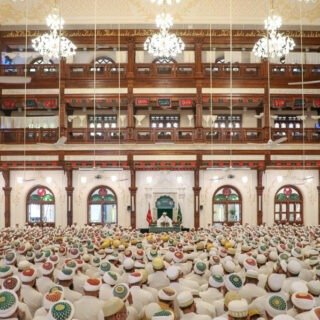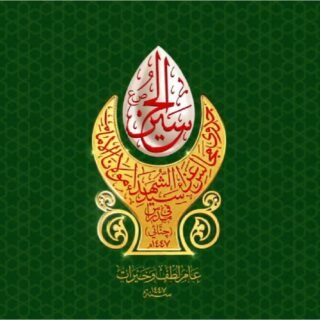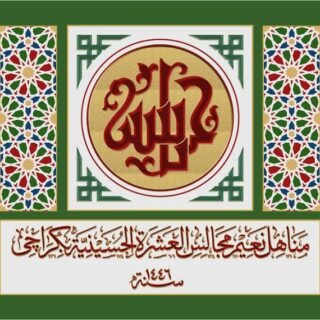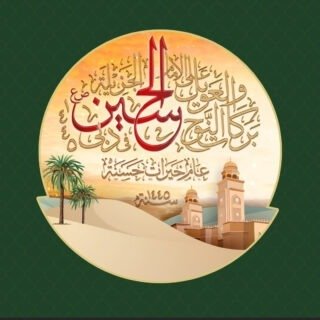Rasulallah SAW says, “To Allah, the most beloved of all places are masajid.” Masajid in Arabic is the plural of masjid, which is defined as a place in which one does sajda before Allah. When we go into sajda, we are connected and closer to Him. The very act is an act of submission to Allah; and He uplifts those that humble themselves before Him.
Countless masajid have been founded by Awliyaa Kiraam AS over the centuries. The Ka’aba was rebuilt by Ibrahim Nabi AS. Al Masjid al Aazam in Kufa became the place of Maulana Ali’s shahadat. The Fatemi Imams AS built the renowned jawame’ in Qahera. Since the satr of Imam Taiyeb AS, Duat Mutlaqeen RA have built hundreds of masajid in Yemen, India, and throughout the world. But perhaps the greatest number of masajid built in all of our history was in the era of the 52nd Dai Syedna Mohammed Burhauddin RA. In establishing and cultivating places where we can center our focus on Allah and his zikr, our communities, our lives, and our faith have flourished. Awliyaa Kiraam’s AS efforts in this regard have elevated us physically and spiritually.
Our masjid is the heart of our community; as mumineen, it is incumbent upon us to foster strong and prosperous communities. When we pray namaz together in our city’s masjid, not only does Allah reward us twenty-five-fold, but we stand shoulder-to-shoulder with our brothers and sisters. When we gather to recite Al Quran, we listen and learn from one another’s recital. We adhere to principles of social conduct, engage in better hygiene practices, and are more considerate of our surrounding environment. The masjid becomes the cornerstone of our worldly and spiritual upbringing, education, and upliftment – regardless of the region, country, or city in which it is located – and benefits all those who cultivate it.
The Fatemi Imam’s AS dynasty and establishment of Qahera as its capital evokes the ways in which we should selflessly and humbly commit our efforts and resources to the betterment of our communities, all in the name of Allah and Allah’s ta’at (obedience). When Imam Moiz AS conquered Misr (Egypt), he did not colonize it; he did not plunder its resources for self-gain, or attempt to eradicate its history or culture, or oppress its inhabitants. Instead, he and his progeny AS developed an enduring and thriving society.
Imam Moiz AS pioneered institutions of learning through the inauguration of Al Jame Al Azhar, which to this day is a renowned center for Islamic education. The Imams AS revived masajid built by former rulers, such as Jame Ibn Tulun, which Imam Mustansir AS frequented so often, that a separate mehrab was built bearing an inscription of his name. They encouraged diversity and respect and partook in all Egyptian traditions and ceremonies, such as the Flooding of the Nile. And last but not least, they built prominent masajid, such as Al Jame Al Anwar, the renovation of which by Syedna Mohammed Burhanuddin AS created a domino effect and an outpouring of barakat, after which many masajid were built across dawat. The Fatimid Imams AS not only established Misr as a thriving religious, cultural, and political capital; but the fruit of their efforts to uplift this community can be seen today by the love that its inhabitants bear for Aale Mohammed AS. To this day, Misr’s capital has never changed, and is known throughout the world as Qahera.
Sajda teaches us focus. As Ashura draws closer and closer, our remembrance of Imam Husain AS becomes our sole focus. Imam Husain’s AS final act, his sajda, during which he remembered us, is the epitome of humility and devotion to Allah. And it is through channeling all of our efforts and energy toward his lamentation and sorrow, that Syenda Mufaddal Saifuddin TUS and our Awliyaa Kiraam AS uplift us in this world and the hereafter.








